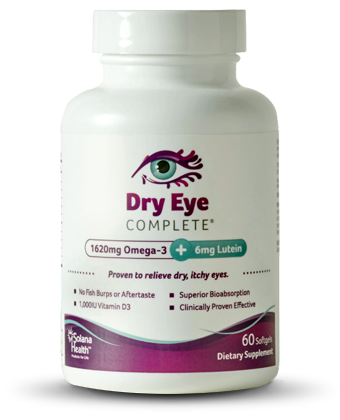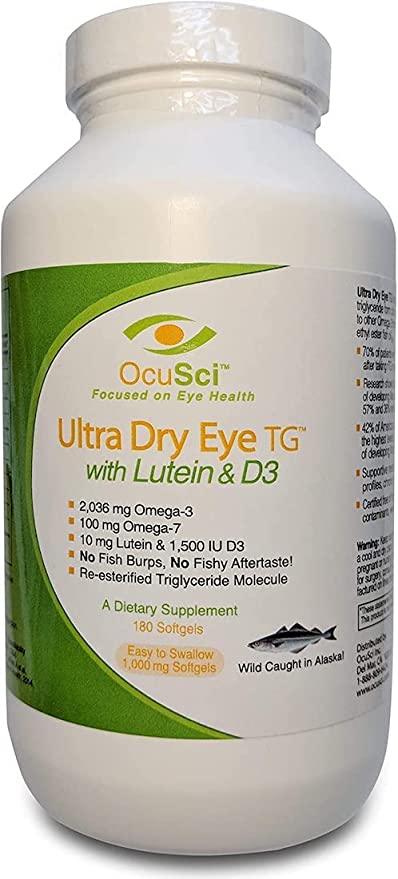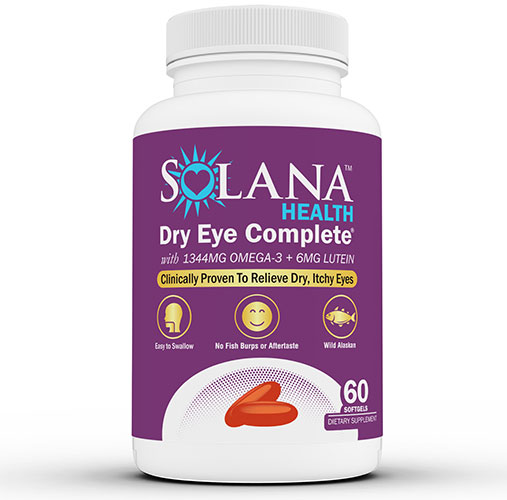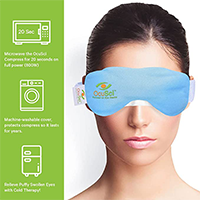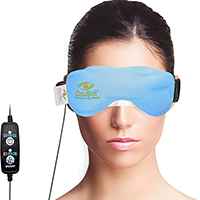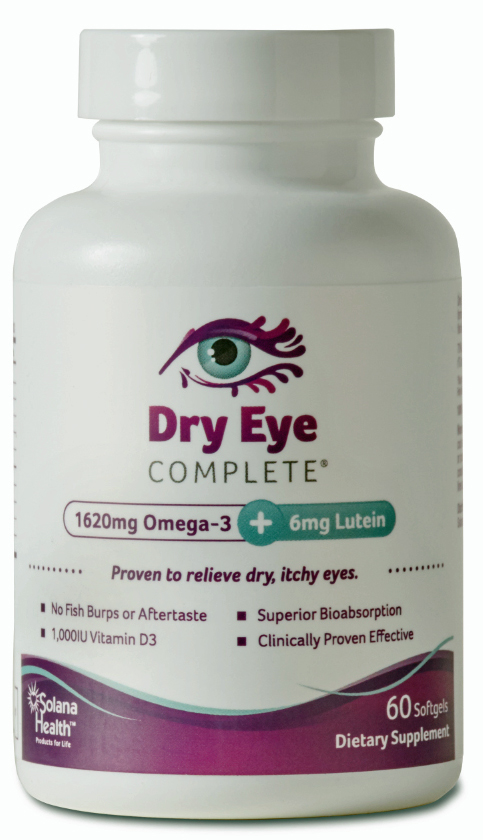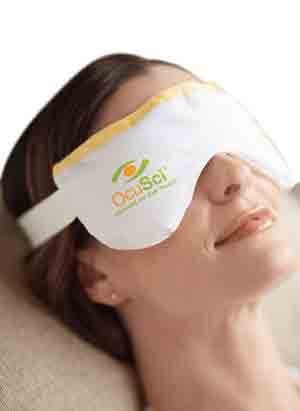Restasis was approved by the U.S. Food and Drug Administration and it enabled ophthalmologists to finally have access to medication that could actually treat the condition itself, rather than being only palliative in nature. According to ophthalmologists, there simply is no other medication quite like Restasis, meaning that a drug category in its own right has to be created for it. What the drug does is address the inflammation that causes dry eye. Through research, it is now known that it helps to restore normal tear flow, even in patients with severe dry eye.
How Does Restasis Work?
Dry eye syndrome (DES) is a type of autoimmune disorder. People with the condition have T cells that attack the tissues of the lacrimal glands. These then secrete mediators that inflame the ocular surface. Restasis treatment prevents new lacrimal glands from being activated. However, this does take a long time: the lymphocytes in the body, which cause the glands to secrete inflammatory tissue, live for 110 days. This means that people must continue to use Restasis for at least that period of time. What makes it different is that Restasis lasts for hours and gets rid of the disease’s irritative compound totally.
According to researchers, Restasis helps not just to improve the quantity of tears, but the quality as well. Most people with DES have problems with quality rather than quantity and being able to address both, so that completely normal and balanced flow is restored, can provide tremendous relief to people who suffer from DES.
Studies on Restasis continue and are now in the third phase. This phase has shown again that symptoms of DES improve tremendously, and also that the eye’s health is notably improved. Most patients mentioned that they no longer felt as if a foreign body was in their eye. They also required fewer drops of artificial tears and the staining on the cornea and conjunctiva, which is typical in DES, also improved. Furthermore, 15% of patients had tripled their volume of tears.
The laboratory examinations were equally interesting. It was found that the number of lymphocytes had reduced from 2,300 cells per ml square to just 762 in patients with DES without Sjogren’s syndrome. What was most impressive was the reduction in patients with DES and Sjogren’s syndrome. Their levels decreased from 4,000 cells per ml square to just 819 on average. Meanwhile, the goblet cell count that fights inflammation had increased by 200%.
The Importance of Patient Education
As stated, there is no medication quite like Restasis out there at present. This means that patients – and ophthalmologists for that matter – still need to be educated about it. Firstly, it should not be seen as an artificial tear, which is why it is available on prescription only. Once prescribed, patients should use it as instructed, and as needed. If their DES symptoms persist, as they will for some time, they can continue to use artificial tears, although not Allergan’s Refresh Endura, which counteracts Restasis.
Patients also have to learn that it takes several months for Restasis to take effect. Unfortunately, many patients expect an almost antibiotic effect, which means they expect to feel better within 48 hours. This is not how Restasis works and this is also its downfall. Many patients stop using the treatment because they are not noticing any relief.
How Restasis Is Used
Because Restasis is a prescription drug, it is important to use it properly. Generally speaking, it should be applied twice daily, with a 12 hour window between each application. Patients must first completely wash their hands. They must also make sure that the vial’s tip does not touch the eye, as this could lead to cross-contamination. The eye drops look white and milky, and any change in that may mean that they have been contaminated and should hence not be used any more.
One drop should be applied to each affected eye only. The eye should then be closed naturally for around two minutes, which means it shouldn’t be squeezed shut. It is vital not to rub the eye after use. If you wear contact lenses, you should wait at least 15 minutes after applying the drops before putting them on. Similarly, if you also use artificial tears, you should also wait 15 minutes.
Featured YouTube Video
This user has been on Restasis for approximately 2 months. She has only seen SLIGHT improvement, but says she is definitely trying out other methods for relieving dry eyes.
Restasis Precautions
Whenever a drug is available on prescription only, it is because there is a potential for side effects and/or abuse. It is possible to have allergies for some of the ingredients in Restasis, particularly the inactive ones. You must discuss any current allergies you have with your ophthalmologist and pharmacist. The drug is also not suitable if you have a current eye infection. If you are pregnant, it is important to discuss this with your doctor, who will determine whether the benefits outweigh the risks or not. It is not yet clear whether the drug enters mother’s milk, so the recommendation at present is to not breastfeed if you use Restasis.
Additionally, using Restasis can lead to blurred vision, although this is generally temporary. It does mean that you cannot immediately engage in any kind of activity for which clear vision is required. However, it usually takes no more than 15 minutes for your vision to clear up again.
There are also possible drug interactions involved with Restasis, which is why a complete review of your medical history must be performed before you are prescribed it. Make sure you mention both prescription and over the counter and herbal remedies that you take. Eye drops and ointments are particularly important to discuss.
List of Restasis Side Effects
Restasis is associated with a number of unpleasant side effects, including:
| Side Effect | Description |
|---|---|
| Foreign Body | Feeling like there is a foreign body in the eye |
| Stinging | Feeling like there is stinging in the eye |
| Burning | Feels like your eyes are burning |
| Pain | Feeling pain in the eye |
| Redness | Redness in the eye |
| Itchiness | Feeling itchiness in your eye |
| Blurred vision | Blurred vision effecting your eyes |
| Eye discharge | Eye discharge from your eye |
Interestingly, these side effects are also the common symptoms of dry eye syndrome, so it may be difficult to determine where the syndrome ends and the side effects begin. If your symptoms get worse, you need to seek medical advice. Remember, as well, that the medication has been prescribed because your doctor feels that there are more benefits than side effects. It is rare for people to suffer any serious side effects, although an allergic reaction can happen. Signs to look out for include:
- Severe swelling and itching (check the throat, tongue and face)
- A rash
- Difficulty breathing
- Dizziness
There have been a number of tests on the side effects of Restasis, as the table below explains.
| Experience | Results |
| Clinical trial |
|
| Post-marketing |
|
Natural Restasis Alternative
Dry Eye Complete
- Clinically Proven to Relieve Dry Eyes
- 1620mg Omega-3, 6mg Lutein, 1,000IU Vitamin D3
- Sourced from highly sustainable fisheries: wild caught Nordic sardines and anchovies
- 100% All Natural, Non GMO, Gluten Free, Dairy Free. Tested & Certified Free of Contaminants
- NO fish burps or aftertaste guaranteed
- Optometrist Recommended!
- Consumption of Omega 3 is recommended by American Eye Institute.
- Great for MILD & SEVERE dry eye
Restasis Overdose
If swallowed, the drug can lead to overdose. If suspected, it is vital to seek immediate medical advice. If a dose is missed and it is already near the time of the next dose, the dose should not be doubled in order to catch up.
Patient Reviews
According to website DailyStrength.org, Restasis worked 72% of the time while Fish Oils worked 100% in patients with severe to moderate dry eye syndrome. Not only will fish oil supplements provide additional health benefits, you won’t be tied to a pharmaceutical drug with varying side effects or drug interaction issues.
For ophthalmologists, Restasis seems to be a miracle drug that, if used properly, can help people finally experience relief from dry eye syndrome. While it may take several months for this to happen, it is still better than being afflicted by the symptoms of dry eye for the rest of your life.
However, it seems many patients do not agree.
Many patients now feel that Restasis is too readily prescribed, when people should perhaps work with artificial tears or lifestyle changes first. They have experienced quite debilitating side effects, even after some three months of use.
Some patients report that they have developed Meibomianitis, a dysfunction of the Meibomian gland, and believe the Restasis is to blame. They claim that, if they stop taking the Restasis, they feel better almost straight away. Many report that, while using Restasis, they have to take around 20 drops of artificial tears each day, and that this can be reduced to around five drops per day once they stop taking Restasis.
Some people are now speculating that the castor oil included in Restasis may cause this. While castor oil is seen as safe, it can cause allergic reactions in some people. In fact, the allergic reactions to castor oil are so common that scientists are looking for new drug carriers (castor oil is also used to carry cancer-treating drugs). Clearly, further research must still be completed.
References
- FDA Drug Approval Package (US Food & Drug Administration)
- Restasis (RxList.com)
- Restasis at FDA.gov

